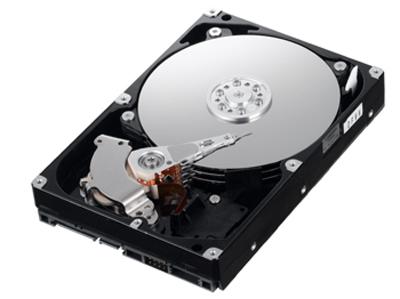Tips for Raid Data Recovery

RAID is a wonderful way to reduce the risk of data loss however there are times where even RAID fails and you may need to recover your data. 2 Drives failing in a RAID5 array are not unheard of and when the unfortunate RAID failure occurs you should keep some basic tips in mind.
1) If the Data is critical you should seek proffesional assistance immediately and even more so if you do not have a backup. It is not worth the risk of causing further damage if you do not have experience in data recovery. In cases of Parity RAID types you will be better off getting a data recovery company involved from the beginning.
2) When removing the hard drives for any reason be sure to label them and label the connectors or ports they belong to. Many RAID types and RAID controllers need the drives to stay in the order they were configured.
3) When picking a data recovery company you should find out if you will be charged in the event that they are unable to recover your data. It is probably best to use a company that will not charge for failed recovery.
4) If you plan to do the recovery yourself make sure that you have sufficient space to place the recovered data before you begin. You may not get access to damaged disks more than once so be ready to recover your data at the first opportunity
5) Do not try Software based recovery tools if you suspect you have physical drive failure, the chances are good that you will only make the problem worse. Common physical failures include drives not spinning up or head damage. Head damage is often easy to hear since the disk will make a clicking noise when it is powered up or trying to read data.
6) Do not force a rebuild in physical failures or multiple disk failures. You run the risk of array corruption if you force a rebuild on RAID arrays with severe failure.
7) Do not swap multiple drives in a RAID array at the same time, adding a disk as a hot swap and letting the controller rebuild by itself is usually acceptable but swapping out drives in the active array is a recipe for disaster.
8) If you can take the server as is to the recovery specialist you should do that otherwise at the very least provide the specialist with the make and model of the RAID controller and the RAID configuration. It will save a lot of time and increase the chances of a successful recovery.
In general the best advice you can get when it comes to RAID data recovery is to not panic and contact a recovery company before doing anything. It is normally the knee jerk “I need this fixed” reaction that creates further problems.